It may have begun as just a recreational outlet in college, but pottery has since become what Steve Campbell (photo below) is famous for. A salesman by day and potter by night, Campbell’s work is used at select Houston restaurants, including Oxheart and Dosi. And more chefs are lining up to order his hand-made one-of-a-kind dishes.
Every piece begins in a studio out behind a low-slung 1940s home on a corner of Patrick Henry Street in Bellaire. This is the headquarters for Campbell’s Three Dots Pots pottery. He doesn’t own a kiln, but the Glassell School of Arts has been generous in letting him use theirs. And as the school begins a massive remodel, the Glassell kiln is moving over to Campbell’s place where he will continue to fire students’ work as well as his own.
Tubs of aging clay line the wall of the Three Dot Pots studio, and pottery is strewn about everywhere. Plates, bowls, mugs, pots, sinks… name any form of pottery and you’ll surely find it here.
In addition to dishes and serving pieces, Campbell also makes the actual awards given to winners at the annual My Table‘s Houston Culinary Awards, which is set this year for Sunday, October 4. (My Table publisher Teresa Byrne-Dodge is pictured with fellow Kansan Campbell in the photo at top.)
A man with many talents, Campbell brews his own beer as well as making the mugs to drink it from. We stopped by one evening this week to bum a beer and get nosy.
How did you get started making dishes for restaurants?
Blind luck. I met Justin Yu and his wife [Karen Man] of Oxheart at an Empty Bowls charity event just as they were thinking about opening up their restaurant. It’s only a 30-seat restaurant so it’s a pretty good load for a non-professional potter who does this only part time. That was fun, because making 30 of five different pieces wasn’t extremely difficult. I’ve made plates and dishes for people who have eaten at Oxheart, and it’s a testament to the collaboration, really. They’re Justin’s dishes and their mine and their Oxheart’s. This is all part of the farm-to-market movement. Justin and his wife were looking for local sourcing and handmade pieces, and I just happened to be standing right there when it happened. I have also made dishes for Dosi and am now working on pieces for Pax Americana and the Mansion at Turtle Creek in Dallas. I’ve been lucky because of Oxheart’s notoriety.
Was pottery always something you knew you wanted to do?
Well, I started out at Notre Dame as a pre-med student and missed probation by one hundredth of a point. After the first semester, I went to speak to my dean, and at the end of the discussion he asked me whether I needed tutoring or if I was in the wrong field. Then he offered me a deal. He said, “Mr. Campbell, if you never take another science class at Notre Dame, I will give you a passing grade in my class.” And so the world lost a doctor and found a hairy potter.
Where does the name “Three Dot Pots” come from?
It’s a funny story. The Glassell School is a community school for adults, and they had a teacher who came up to me one day and told me I need to come up with a stamp to put on my pieces. And I told him I don’t care if I mark my pots. If people can’t tell they’re my pots, then I need to keep making them until they can instead of putting some physical marker that they’re mine. We went back and forth about him telling me I need to make one and me saying I did not want to. So I grabbed a broken stick from the table and marked three dots into my pottery and said to him, “That’s my stamp.” He walked off pissed, and of course I got enjoyment out of knowing that when he turned my work upside down he would see three dots. It’s fun when people try to ascribe a meaning to the name because it literally means nothing.
Walk us through the process of making a new piece.
I mix five different clays and I mix two old beers with it because the bacteria that grows in the beer makes the clay a little more plastic, meaning it can stick to itself a little more. Then I’ll age that for at least a month because the bacteria and moisture get dispersed so that the clay can work well. Then you grab a handful of that and you knead it. (I also make great bread because I knead like crazy.) You put the clay on a wheel or you form it by hand and let it dry. You slice it off with a guitar string and let it dry some more. Then you carve the foot either with a tool or by pushing the clay around and turn it over gently and let it dry. You have to be careful how you dry clay, but in Houston it’s not a problem because of the humidity. In air-conditioned or dry places, it can become an issue. Next, you put your piece into the kiln and bake it for a while at less than 212 degrees because at that point water turns to gas and your piece can explode. Then you glaze it and fire it again at about 250 degrees. Overall, it takes about 24 hours to heat up and two days to cool off. After that they just walk out of here! Note: this is Ceramics 201 not 101.
What sets your work apart?
My pots aren’t critically the best pots. There’s a potter over at Glassell who throws really clean, hard shapes, and when he watches me make stuff he just throws up. I like things that happen fast and are spontaneous, and I think some of that translates to the finished product and gives it a certain life. It’s very difficult to talk about why your stuff is good because you can’t ever think that, you’re getting better all the time.
Weirdest request you’ve had?
This one guy asked me to make him a water jar and to not glaze it. But clay is porous. It ended up being really cool because it keeps the water 10 to 15 degrees cooler than outside. So if it’s a 90-degree day in an undeveloped country, the people can drink water that’s about 75 to 80 degrees. The sinks are also fun because they don’t have a food purpose.
Tell us about your favorite project so far.
The My Table awards have been really fun. I also got to make the dishes for a special dinner called Truffles and Bubbles with the Mansion at Turtle Creek chefs when they hosted a few chefs from a famous hotel in France. It was cool to see my dishes being used for such exquisite food.

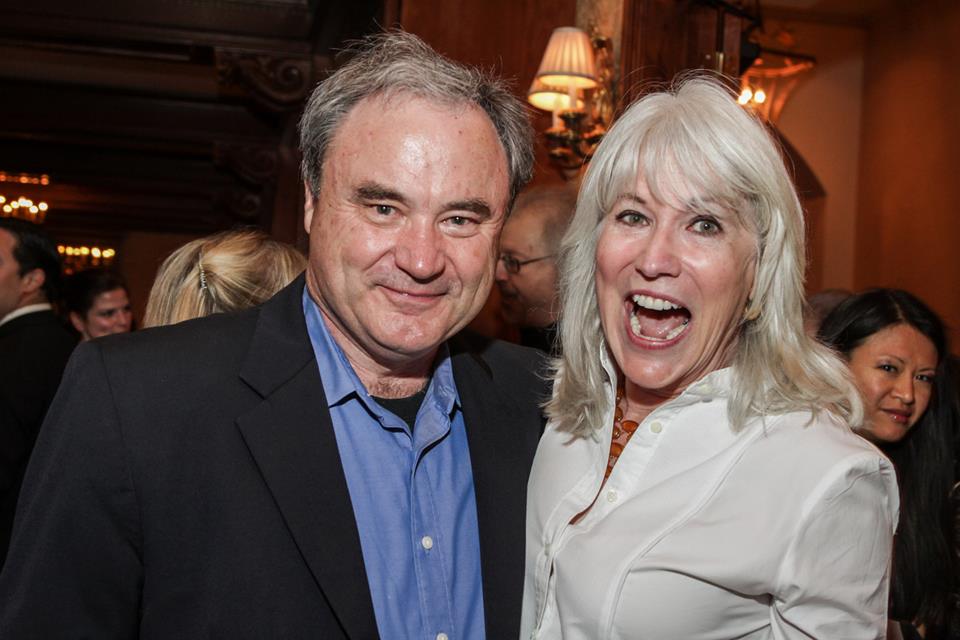
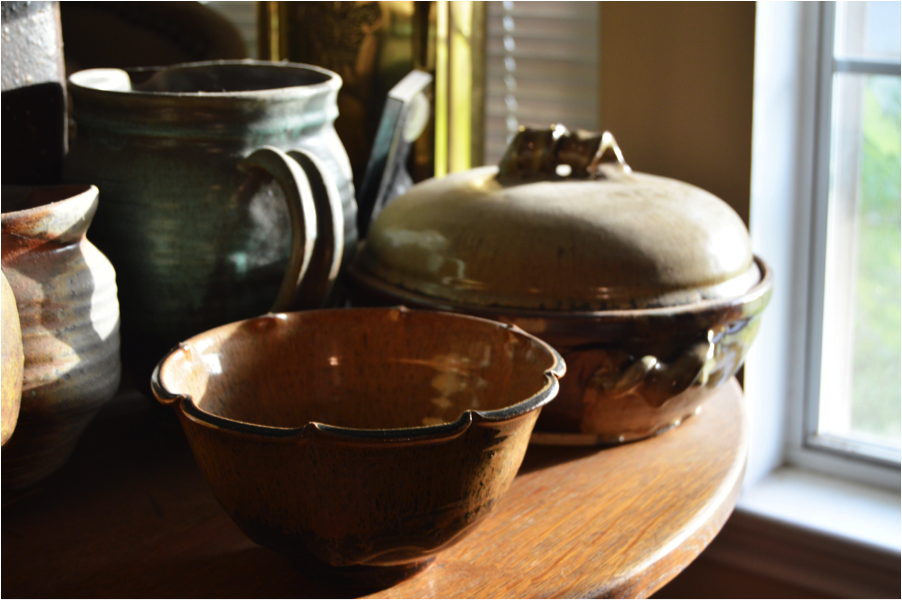
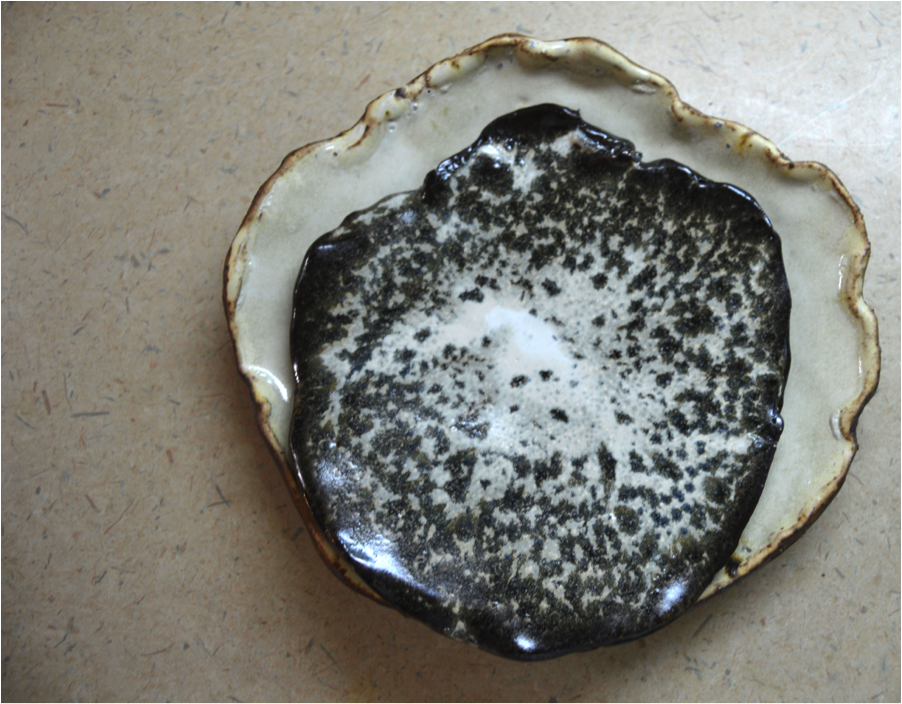
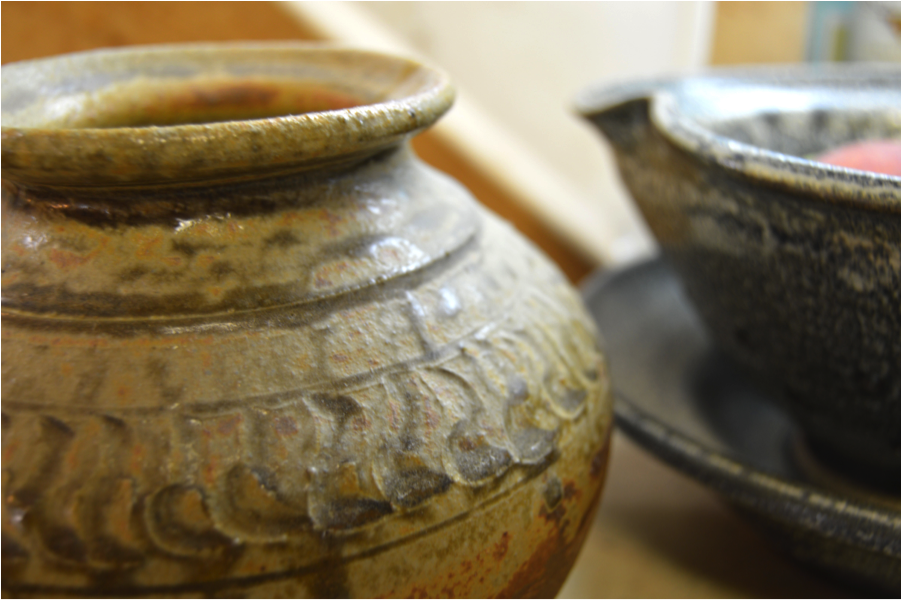
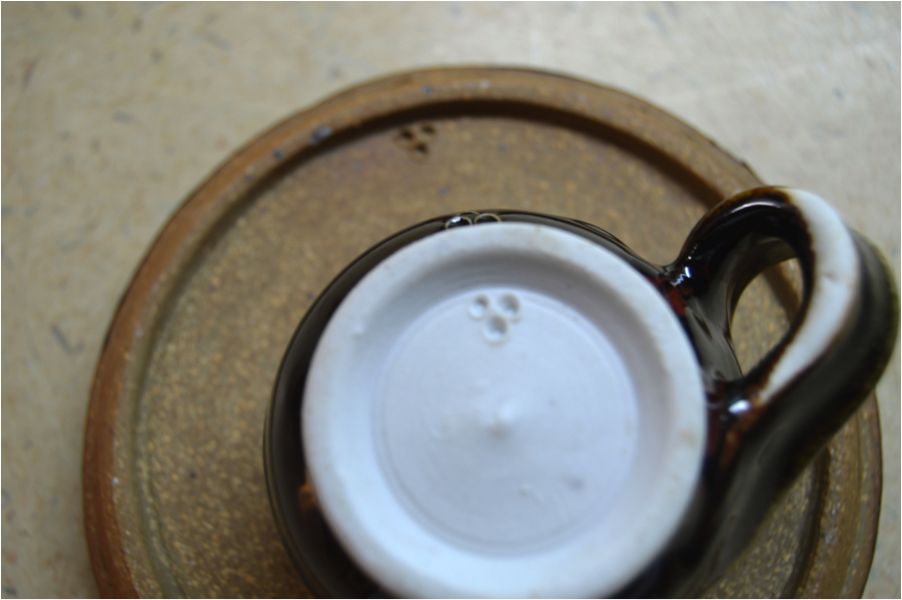
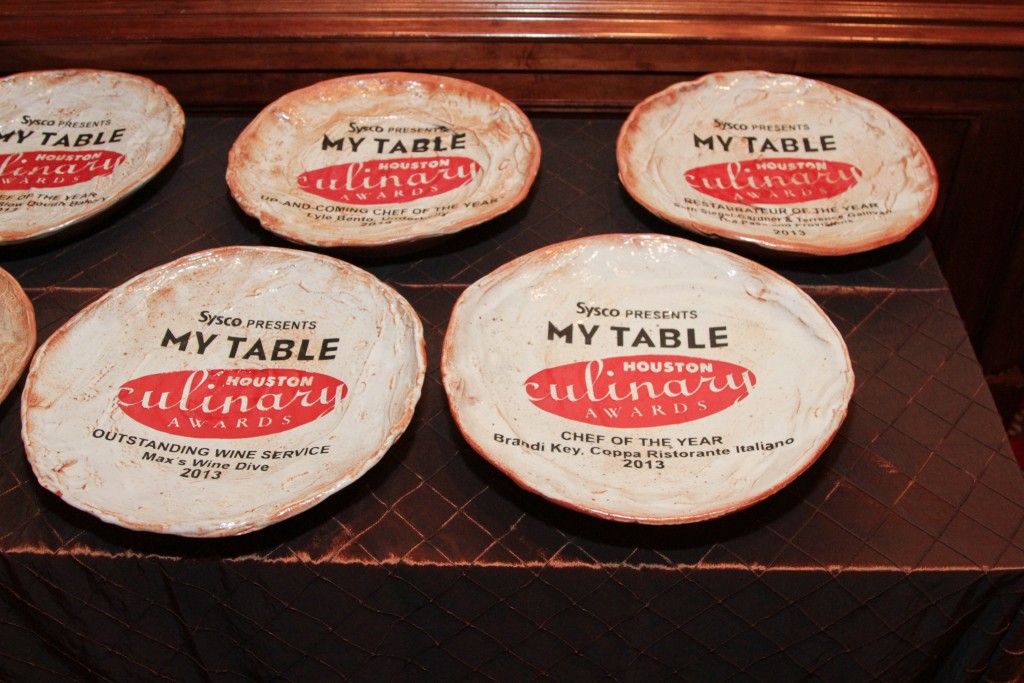


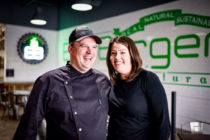



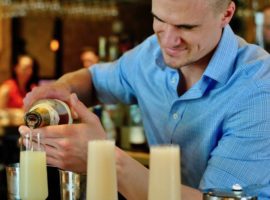
Follow Us